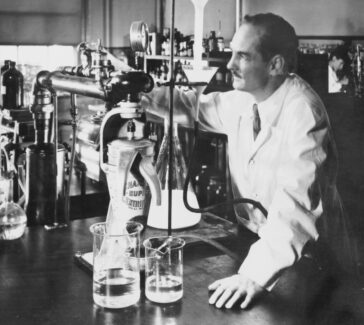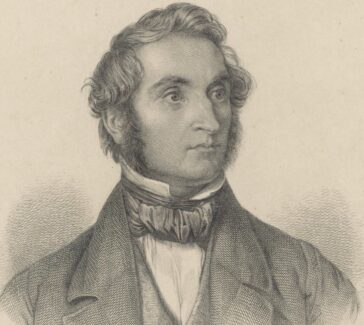Carl Djerassi
A prolific chemist, as well as a novelist, playwright, and poet, Djerassi made crucial contributions to the development of synthetic cortisone and the birth control pill.
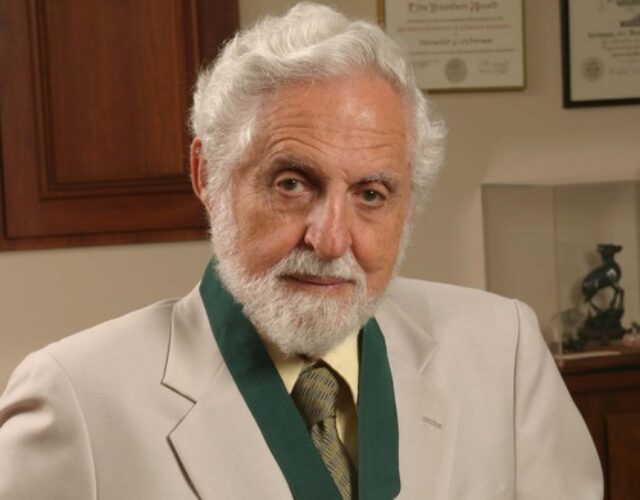
In the 1930s chemists recognized the structural similarity of a large group of natural substances—the steroids. These include the sex hormones and the cortical hormones of the adrenal glands. The medicinal potential of these compounds was clear, but extracting sufficient quantities of them from animal tissue and fluids was prohibitively expensive.
As with other scarce or difficult-to-isolate natural products, chemists were called upon to mimic nature by creating these steroids in the lab, and later by modifying them to make them safer and more effective as drugs. Chemists found starting materials in certain plant substances that were also steroids. Carl Djerassi (1923–2015) was among the many scientists, including Russell Earl Marker, George Rosenkranz, and Percy Lavon Julian, who participated actively in the synthesis and large-scale production of steroids from plant compounds.
LEARN MORE
Biography is one way of learning about a person. Oral history is another. Spend a few minutes listening to Carl Djerassi’s interview archived by the Science History Institute’s Center for Oral History. What do you hear? Has the recording picked up background noises, interesting accents, nervous laughter, or meaningful pauses? What might these tell you about the interview context, who is speaking, or how the speakers feel about the memories being discussed? What do think you can learn about Djerassi from his oral history that is different from the content of this biography?
From Austria to Mexico
Djerassi came to the United States in 1939, after fleeing the Nazis in Austria. He began his higher education at Tarkio College in Missouri and then transferred to Kenyon College in Ohio. Upon receiving his bachelor’s degree in chemistry, he spent a brief period working on antihistamines for the Swiss pharmaceutical company CIBA at its New Jersey facility. He completed a doctorate in organic chemistry at the University of Wisconsin, where he wrote his dissertation on how to transform the male sex hormone testosterone into the female sex hormone estradiol, using a series of chemical reactions.
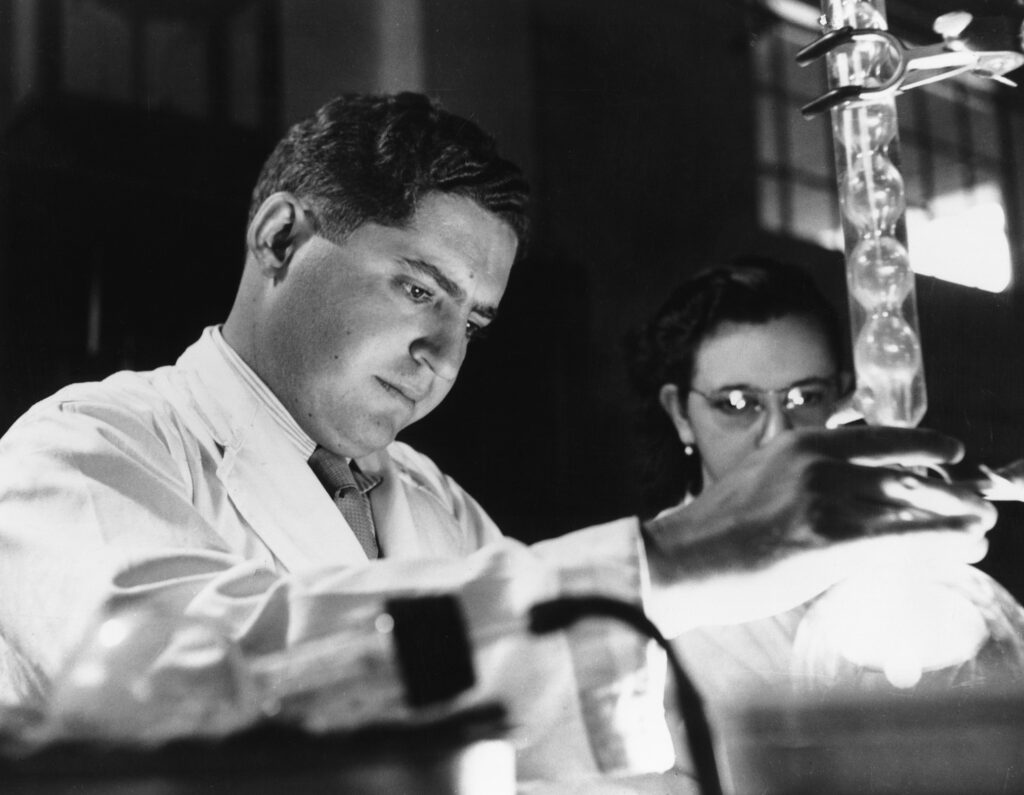
Djerassi’s longtime fascination with steroids prompted his return to CIBA, but he was not allowed to work on steroid synthesis there. That promising field of research was reserved for the laboratories at CIBA’s corporate headquarters in Switzerland.
Disappointed, in 1949 he joined a company called Syntex in Mexico City at the invitation of George Rosenkranz, who was then Syntex’s head scientist. This was just one year after scientists at the Mayo Clinic announced their landmark discovery of cortisone, a cortical hormone of the adrenal gland that had remarkable effects on rheumatoid arthritis, and the competition was on to synthesize cortisone inexpensively.
Successful Synthesis of Cortisone
Syntex was founded by the organic chemist Russell Marker and colleagues in 1944. The company was trying to synthesize cortisone from a substance called diosgenin, obtained from a member of the Dioscorea plant group, a genus containing yams, having already produced male and female sex hormones from diosgenin under Marker’s initiative.
In 1951 Djerassi’s group successfully synthesized cortisone, improving on a procedure originally developed by Merck and Company. The Syntex process not only used a cheaper raw material but also required only about half as many steps. Soon other groups reported their syntheses (see also Percy Lavon Julian). In the end the Upjohn Company was most successful commercially, with its use of a microorganism to convert progesterone to cortisone, but Syntex also benefited because it was commissioned to supply the progesterone to Upjohn.
Oral Contraceptives
In 1951, the same year that Djerassi’s group at Syntex synthesized cortisone, it also synthesized the first effective oral-contraceptive substance. It had long been known that during pregnancy progesterone serves as a natural contraceptive by inhibiting further ovulation while maintaining the proper uterine conditions for the fetus. But taking natural progesterone orally weakens its biological activity, and thus the search was on for a more active sex hormone that could survive digestive processes.
A compound synthesized at Syntex—norethindrone—proved to be one of the most potent oral progestins ever made. The U.S. Food and Drug Administration approved norethindrone, as well as a related drug (norethynodrel) synthesized at G. D. Searle and Company, first as a treatment for menstrual difficulties (1957) and then, in 1960, as an oral-contraceptive pill (“the pill”). Norethynodrel differed from norethindrone in the location of just one double bond in the molecule.
Djerassi maintained a 20-year relationship with Syntex, while also accepting academic appointments after his 1951 triumphs, first at Wayne State University in Detroit and then at Stanford University. He made many more advances in synthetic organic chemistry and refined the techniques of mass spectroscopy and methods for deducing the precise orientation in space of the atoms in a molecule from optical rotatory dispersion.
Other Passions
Djerassi was a social activist, an art collector, a novelist, a playwright, and a poet, as well as a scientist. He sought to raise consciousness about the global need for population control and spearheaded efforts to encourage science in developing countries. In memory of his daughter, an artist, and consonant with his own artistic and literary interests, he established Djerassi Resident Artists Program in Woodside, California, in 1982.
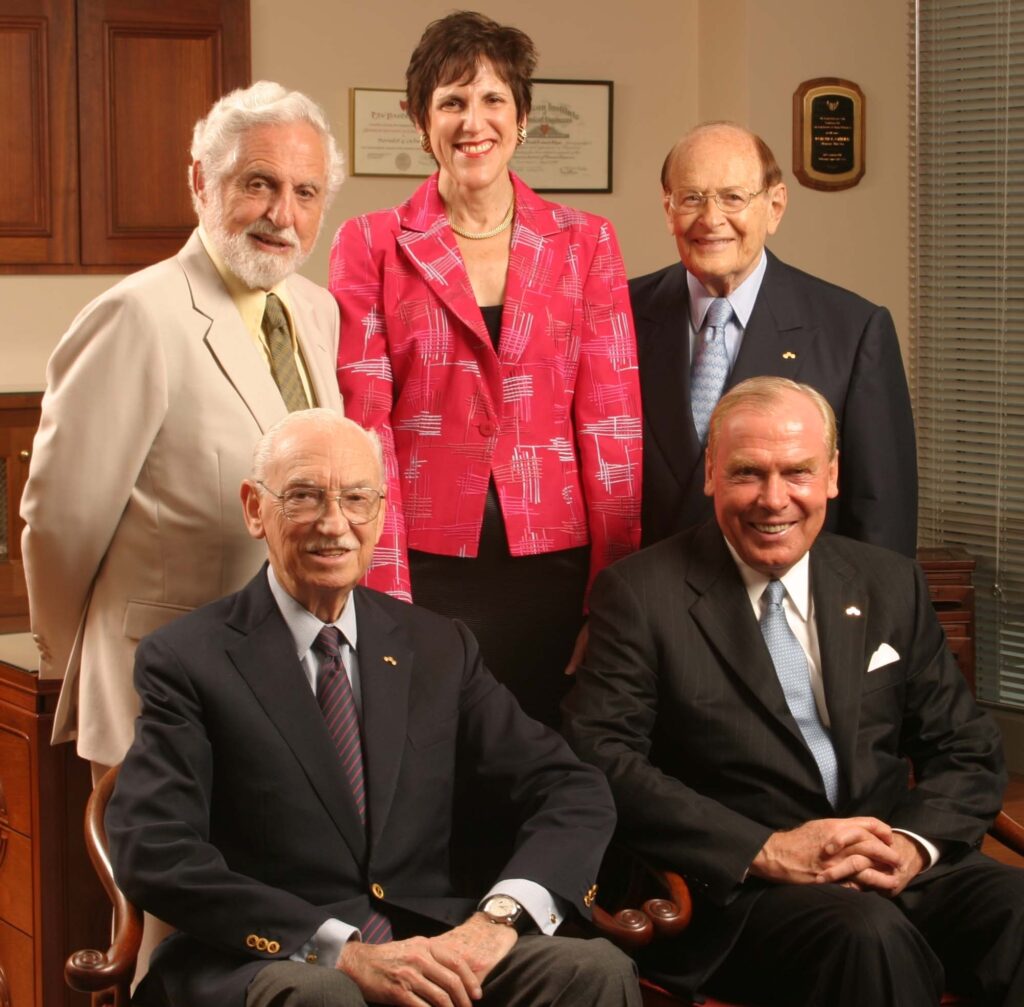
Djerassi wrote fiction, mostly in the genre of “science-in-fiction,” to illustrate the human side of scientists and the personal conflicts faced by scientists in their quest for scientific knowledge, personal recognition, and financial rewards. He produced five novels, numerous short stories, and several autobiographical works, the last of which, In Retrospect: From the Pill to the Pen, appeared in 2014. In his later years he embarked on a number of “science-in-theatre” plays.
Recognition
Djerassi is one of the few American scientists to have been awarded both the National Medal of Science and the National Medal of Technology, the former for the first synthesis of a steroid oral contraceptive and the latter for promoting new approaches to insect control. In 1975 the Society of Chemical Industry honored him with its prestigious Perkin Medal. He was the 1995 Ullyot Public Affairs Lecturer (with a lecture titled “Science-in-Fiction Is Not Science Fiction: Is It Autobiography?”) and received the Othmer Gold Medal from the Chemical Heritage Foundation, now the Science History Institute, in 2000 for his furtherance of the chemical enterprise and its heritage through his multiple, distinguished careers as academician, research director, business leader, and author. Djerassi was also honored in 2004 with the American Institute of Chemists Gold Medal.

